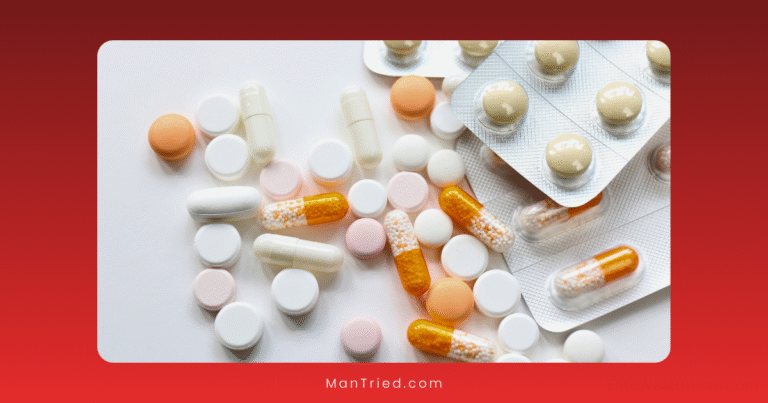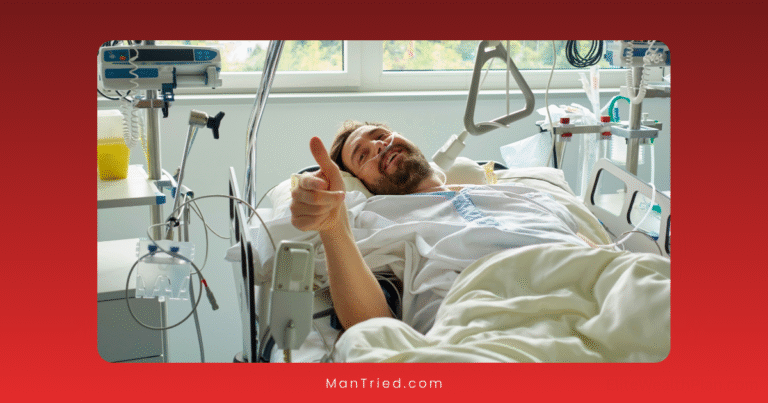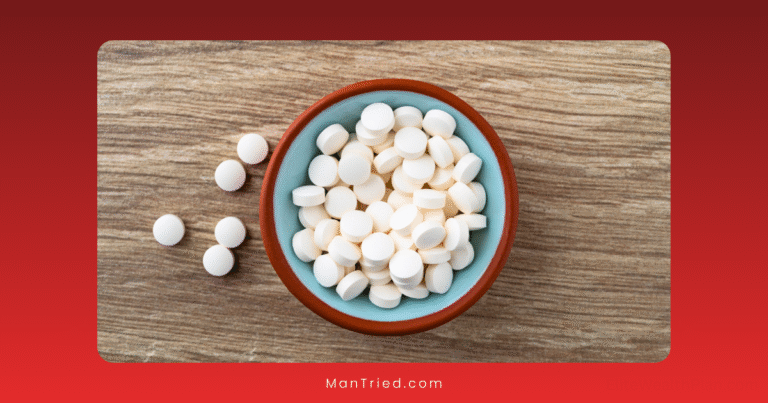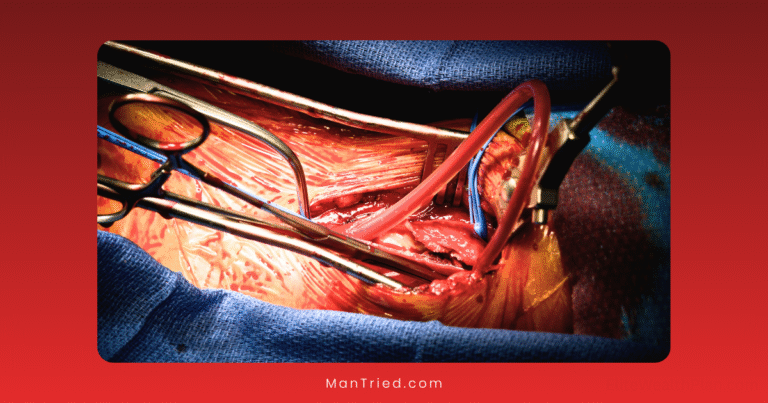TRT and Fertility: What Men Need to Know Before Starting Treatment
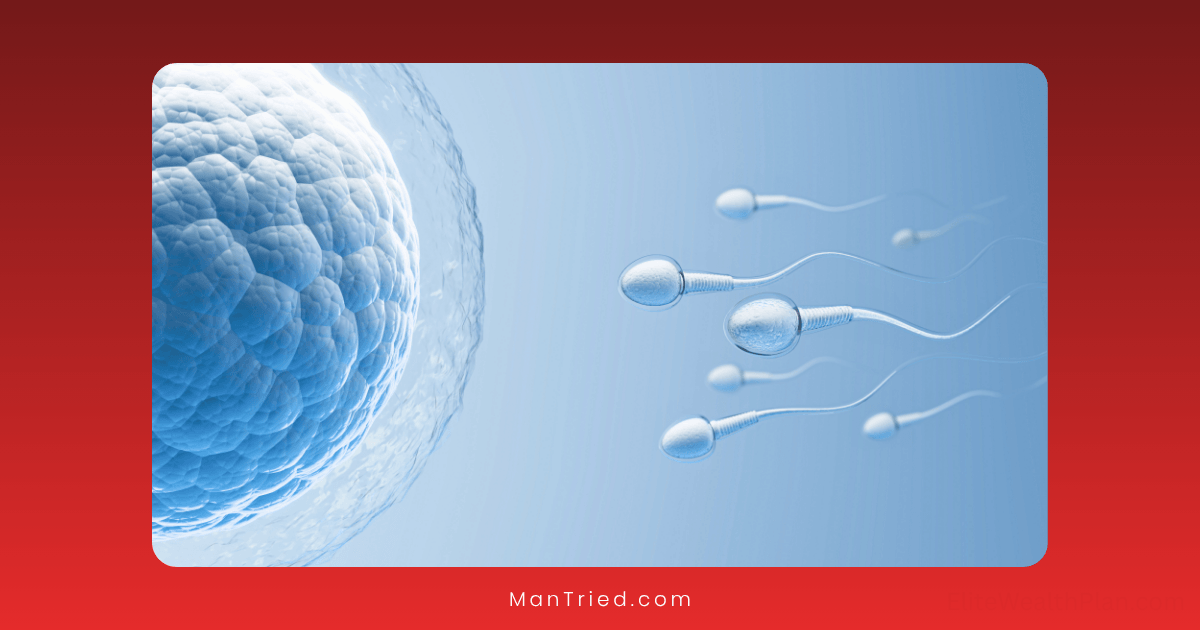
Testosterone replacement therapy (TRT) has become increasingly popular, with prescriptions nearly tripling over the past decade to over 11 million in 2024. For men suffering from the fatigue, low libido, and reduced quality of life associated with low testosterone, TRT can be life-changing.
However, there’s a critical side effect that many men aren’t adequately informed about before starting treatment: TRT can significantly impair fertility. In fact, up to 90% of men on testosterone therapy may experience a dramatic reduction in sperm count, potentially leading to temporary or even permanent infertility.
If you’re considering TRT and may want children in the future—or even if you’re not sure—this comprehensive guide will help you understand the fertility implications and explore your options for preserving your reproductive potential.
How TRT Affects Male Fertility: Understanding the Biology
To understand why TRT impacts fertility, it’s important to know how the male reproductive system normally works:
The Natural Testosterone Production System
In a healthy male, testosterone production follows a cascade of hormonal signals:
- The hypothalamus releases gonadotropin-releasing hormone (GnRH)
- GnRH stimulates the pituitary gland to produce luteinizing hormone (LH) and follicle-stimulating hormone (FSH)
- LH signals the testes to produce testosterone
- FSH stimulates the Sertoli cells in the testes to support sperm production
- Both adequate testosterone and FSH are required for normal sperm development
What Happens When You Take External Testosterone
When you introduce external testosterone through TRT:
- Your body detects the increased testosterone levels
- The hypothalamus reduces GnRH production
- This causes the pituitary to decrease LH and FSH production
- Without adequate LH, your natural testosterone production drops
- Without adequate FSH, sperm production is impaired
- The result: reduced sperm count, decreased semen volume, and potential infertility
This process, known as negative feedback on the hypothalamic-pituitary-gonadal (HPG) axis, can begin within weeks of starting TRT and may lead to azoospermia (complete absence of sperm in the ejaculate) in many cases.
The Statistics: What Research Shows About TRT and Fertility
The research on TRT’s impact on fertility is clear and concerning:
- Up to 90% of men on standard TRT experience significantly reduced sperm counts
- Intramuscular testosterone injections can lead to azoospermia in up to 98% of men after one year
- Testosterone patches have a lower but still significant rate of azoospermia at approximately 24%
- Different delivery methods (injections, gels, pellets) all impact fertility, though to varying degrees
- The longer you’re on TRT, the more profound the fertility impact typically becomes
Recovery of Fertility After TRT: Is It Reversible?
One of the most common questions is whether fertility returns after stopping TRT. The answer is generally yes, but with important caveats:
Typical Recovery Timeline
After discontinuing TRT:
- 67% of men regain normal sperm counts within 6 months
- 90% recover by 12 months
- Nearly 100% recover by 24 months
However, these statistics aren’t guarantees. Some men may take longer to recover, and a small percentage may experience permanent impairment of fertility, particularly after years of high-dose therapy.
Factors Affecting Recovery
Several factors influence how quickly and completely fertility returns:
- Age (younger men typically recover more quickly)
- Duration of TRT (longer use = longer recovery time)
- Pre-existing fertility issues
- Dosage and type of testosterone used
- Individual genetic factors
- Use of recovery protocols (medications to help restore fertility)
Options for Preserving Fertility Before Starting TRT
If you’re considering TRT but may want children in the future, several proactive options exist:
1. Sperm Banking (Cryopreservation)
What it involves:
- Collection of multiple semen samples
- Processing and freezing of sperm for future use
- Storage in a specialized facility
Advantages:
- Provides a guaranteed fertility option regardless of future TRT effects
- Can be completed in as little as 1-3 visits
- Preserved sperm can be stored indefinitely
- Success rates with frozen sperm approach 90% when used with assisted reproductive technologies
Considerations:
- Costs include initial processing ($300-700) and annual storage fees ($150-500)
- Requires planning for future assisted reproduction (IUI or IVF)
- Best done before starting TRT
According to St. Louis Fertility, sperm banking can typically be completed in a single, private visit, involving sample collection and a blood draw, making it a convenient option for men about to start TRT.
Fertility-Preserving TRT Approaches
If you need testosterone therapy but want to preserve fertility, several approaches can help maintain sperm production while treating low testosterone:
1. hCG + Testosterone Therapy
Human Chorionic Gonadotropin (hCG) mimics LH and can stimulate testicular testosterone production even during external testosterone therapy.
Typical Protocol:
- Standard TRT (typically at a lower dose)
- Plus 250-500 IU of hCG,2-3 times weekly via subcutaneous injection
Research Results:
- Studies show that 500 IU of hCG every other day effectively preserves intratesticular testosterone and sperm parameters
- A significant percentage of men maintain normal sperm counts with this approach
- Also helps maintain testicular size, which typically shrinks during standard TRT
Considerations:
- Requires multiple weekly injections
- More expensive than testosterone alone
- May require compounded hCG, as the FDA has restricted some forms
2. Clomiphene Citrate (Clomid) Instead of Testosterone
Clomiphene is a selective estrogen receptor modulator (SERM) that can increase natural testosterone production while preserving fertility.
How it works:
- Blocks estrogen receptors in the hypothalamus and pituitary
- This prevents negative feedback from estrogen
- Results in increased LH and FSH production
- Stimulates natural testosterone production while maintaining sperm production
Typical Protocol:
- 25-50mg daily or every other day
- Regular monitoring of testosterone levels and sperm parameters
Effectiveness:
- Can increase testosterone by 100-200%
- Maintains or even improves sperm parameters in most men
- Particularly effective for secondary hypogonadism (pituitary/hypothalamic issues)
Considerations:
- Not FDA-approved for this use in men (off-label)
- May cause visual side effects or mood changes in some men
- Less predictable testosterone increase than direct TRT
3. Enclomiphene: A Promising Alternative
Enclomiphene is a purified isomer of clomiphene that may offer advantages for fertility preservation.
Advantages over clomiphene:
- Fewer estrogenic side effects
- More selective action
- Potentially better tolerated
Research findings:
- In clinical trials, enclomiphene significantly raised testosterone levels
- Maintained normal sperm parameters in men with secondary hypogonadism
- May be particularly valuable for younger men concerned about fertility
Considerations:
- Not yet FDA-approved specifically for male hypogonadism
- May be harder to obtain depending on location
- Still being studied in larger trials
4. Intranasal Testosterone (Natesto)
This newer testosterone delivery method may have less impact on fertility.
How it works:
- Delivers testosterone via nasal spray
- Short half-life creates a pulsatile delivery
- May allow partial recovery of the HPG axis between doses
Research findings:
- Studies indicate it achieves normal testosterone levels while maintaining FSH and LH
- Less suppression of sperm production compared to other forms of TRT
- May be a good option for men concerned about fertility
Considerations:
- Requires multiple daily administrations (typically 3times daily)
- May cause nasal irritation
- Less studied long-term than other options
Recovering Fertility After TRT: Protocols That Work
If you’re already on TRT and want to restore fertility, several medical protocols can help speed recovery:
Comprehensive Recovery Protocol
A typical recovery approach might include:
Phase 1 (Weeks 1-4):
- Gradually taper TRT (under medical supervision)
- Start hCG: 500-1,000 IU subcutaneously, 2-3 times weekly
Phase 2 (Weeks 5-10):
- Continue hCG
- Add FSH therapy (if needed): 75-150 IU subcutaneously, 2-3 times weekly
- This combination helps restart sperm production
Phase 3 (Weeks 11-14):
- Taper hCG/FSH
- Add SERM (Clomiphene): 25-50mg daily or every other day
- This helps maintain natural testosterone production
Ongoing Monitoring:
- Regular blood tests (testosterone, LH, FSH, estradiol)
- Semen analysis every 8-12 weeks
- Adjustments to protocol based on results
Expected Timeline:
- Symptom improvement:1-3 months
- Hormonal recovery: 3-6 months
- Fertility recovery: 3+ months (highly variable)
Recent research shows that patients treated with FSH combined with hCG had a faster return of sperm to the ejaculate compared to those treated with clomiphene citrate alone (6.4 months versus 14.8 months).
Making Informed Decisions: Questions to Ask Your Doctor
Before starting TRT, consider discussing these questions with your healthcare provider:
- What is my baseline fertility status? (Consider a semen analysis before starting)
- Given my age and health status, what are my options for fertility-preserving treatments?
- Is sperm banking recommended in my case?
- Am I a candidate for hCG+testosterone, clomiphene, or other fertility-preserving approaches?
- What monitoring should we do to track both testosterone levels and fertility?
- If I need to restore fertility in the future, what would my treatment plan look like?
- Are there lifestyle changes that might improve my testosterone naturally?
Beyond Medication: Lifestyle Factors That Support Both Testosterone and Fertility
Several lifestyle modifications can help support both testosterone levels and fertility:
Weight Management
- Excess body fat increases aromatase activity, converting testosterone to estrogen
- Weight loss can naturally increase testosterone by 50-100 ng/dL in overweight men
- Obesity is associated with reduced sperm quality and quantity
Exercise Optimization
- Resistance training increases testosterone production
- Moderate cardio improves overall hormonal health
- Excessive endurance exercise may lower testosterone
- Aim for 3-4 weight training sessions and 2-3 moderate cardio sessions weekly
Nutritional Support
- Zinc-rich foods (oysters, beef, pumpkin seeds) support both testosterone and sperm production
- Antioxidant-rich foods protect sperm quality
- Adequate healthy fats are essential for hormone production
- Limit alcohol, which can lower testosterone and impair sperm quality
Stress Management
- Chronic stress elevates cortisol, which suppresses testosterone
- Meditation, mindfulness, and adequate sleep help maintain hormonal balance
- Aim for 7-8 hours of quality sleep nightly
The Future of Fertility-Preserving Testosterone Therapy
Research continues to advance in this area, with several promising developments:
- Selective Androgen Receptor Modulators (SARMs): May offer testosterone-like benefits with less impact on fertility
- Advanced Peptide Therapies: Targeting specific aspects of the reproductive system
- Improved Delivery Systems: Allowing for more physiologic testosterone replacement
- Genetic Testing: To identify men at higher risk of permanent fertility impairment from TRT
The Bottom Line
Testosterone replacement therapy can dramatically improve quality of life for men with low testosterone, but the fertility implications should be carefully considered before starting treatment. With proper planning and the right approach, many men can address their testosterone deficiency while preserving their reproductive options.
The key takeaways:
- Standard TRT significantly reduces fertility in most men
- Fertility typically returns after stopping TRT, but recovery can take 6-24 months
- Sperm banking before starting TRT provides the most certain fertility preservation
- Alternative approaches like hCG+testosterone or SERMs can treat low testosterone while maintaining fertility
- Recovery protocols can help restore fertility for men already on TRT
- Discussing fertility goals with your healthcare provider is essential before starting any testosterone treatment
By understanding these facts and exploring all available options, you can make an informed decision that addresses both your current health needs and your future family plans.
Have you had experience with TRT and fertility? Share your story in the comments below.


